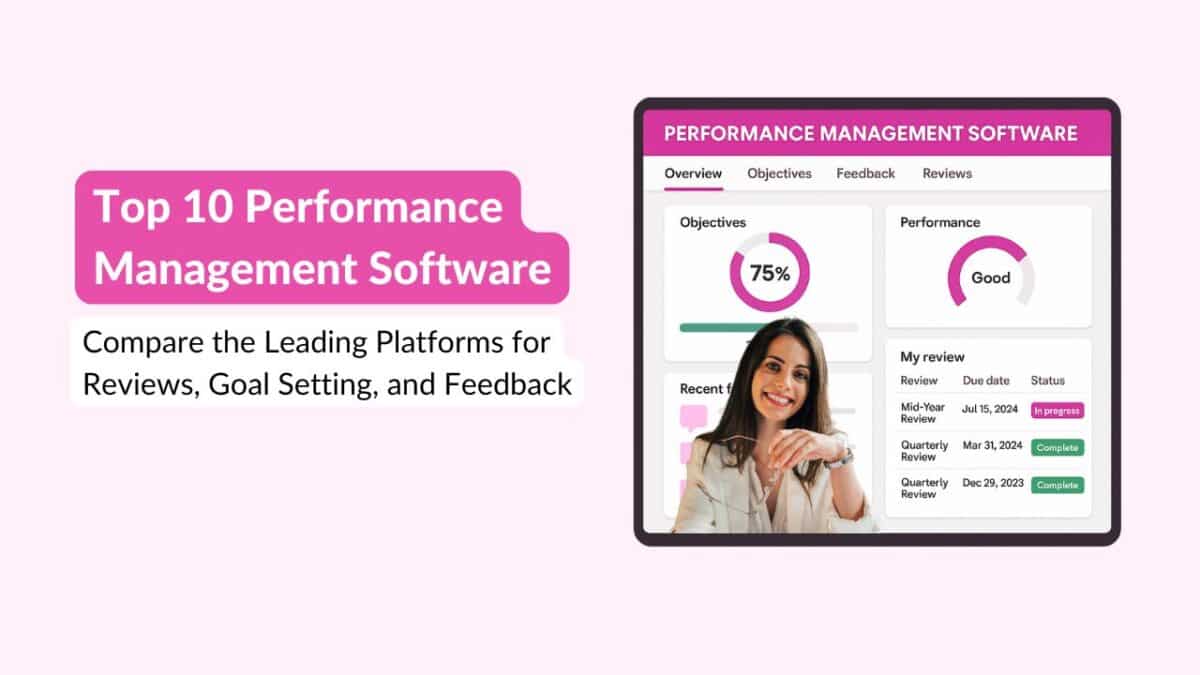There are much different performance review software out there in the market. Choosing performance review software takes quite a lot of effort as there are a few key points you need to consider before you decide upon a certain software.
Once you have the software installed, however, there are a few other points to consider as well. Rather, they are mistakes you need to avoid when using performance review software.
These mistakes are just not with respect to software, they are also with respect to how users react to the software and how as an HR administrator, you may possess certain biases against software, that prevent the software from being utilized to its full potential.
Many a time, when an organization rejects a software app and then decides it is not for them, one of the main reasons why is that they probably made a few mistakes while using the software that ended up diminishing the experience instead of enhancing it.
Objective versus Subjective
All performance reviews should be designed to be objective and not subjective. Employees need to know the basis on which their work is being reviewed and managers need to review that work accordingly.
Performance review software should be used to objectively review an employee’s performance and not otherwise. Many performance review software applications can be set up to objectively review an employee’s performance and also set up a record of the employee’s skills or achievements.
Performance review software should not be used to gain feedback about the employee’s ability to work as a member of a team, take on leadership roles or work with others, etc. At the very least, it should not focus on them so extensively. The previously mentioned factors are mostly subjective in nature and typically better highlighted through a 360 degree feedback survey or software program.
All Negative or Avoiding the Negative
In addition to the ability to leave comments on performance reviews, most software also allows you to rate employees based on their performance. Now, except for a few high-achievers, not all employees are going to demonstrate consistently excellent work.
There will be aspects of a job that the employee has mastered, is demonstrating competence in, or where the employee is meeting or exceeding goals and requirements.
Conversely, there will also be aspects of a job where an employee has struggled to perform successfully or for whatever reason is not able to meet their goals at all.
Both good reviews and bad reviews carry an equal amount of weight. However, when they are seen in the context of ratings alone, it is obvious that bad reviews tend to catch your eye first.
It is important therefore to not only utilize the rating aspects of a performance review software but also other aspects and features, which will help you make a well-rounded decision.
If there is the option to leave feedback for employees through the software, it is essential to leave accurate and specific feedback regardless if it is positive or negative. Saying “good job” or “poor customer service” doesn’t help the employee in understanding what he or she needs to keep doing or what needs to change to bring the rating up.
While one can make many other mistakes when it comes to using performance review software, these two mistakes can badly undermine a performance review cycle at your organization and therefore special care must be taken not to make them.
If you are interested in knowing about how Engagedly can change your organization, request a demo from the Engagedly team!
Request A Demo
Author
Srikant Chellappa
CEO & Co-Founder of Engagedly
Srikant Chellappa is the Co-Founder and CEO at Engagedly and is a passionate entrepreneur and people leader. He is an author, producer/director of 6 feature films, a music album with his band Manchester Underground, and is the host of The People Strategy Leaders Podcast.






